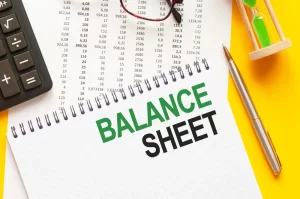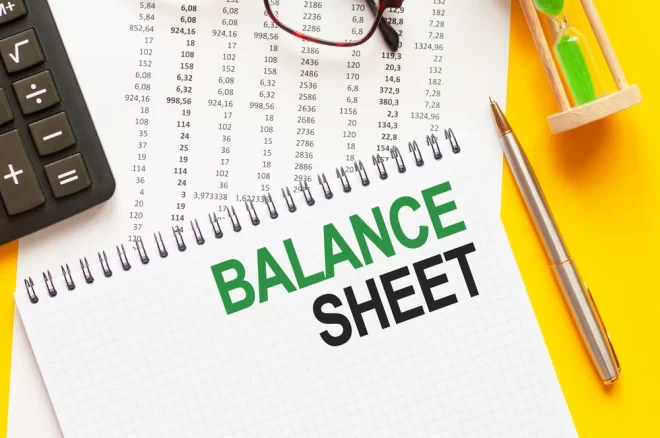![]()
Financial Indicators
A balance sheet serves as a Financial indicators snapshot of a company at a specific point in time, detailing its assets, liabilities, and shareholders’ equity.
It provides valuable insights into an architect’s firm’s liquidity and ability to meet short-term obligations through the examination of key components:
1. Current Assets:
The balance sheet lists assets that are expected to be converted into cash or used up within one year.
These assets include cash, accounts receivable, and short-term investments. A higher amount of current assets indicates the firm’s ability to cover its short-term obligations.
2. Current Liabilities:
These are obligations that the firm needs to settle within the coming year. Examples include accounts payable, short-term loans, and accrued expenses.
The proportion of current liabilities relative to current assets (known as the current ratio) provides an indicator of the firm’s short-term solvency. A higher current ratio suggests a better ability to meet short-term obligations.
3. Working Capital:
Calculated as the difference between current assets and current liabilities, positive working capital implies that the firm has the resources to cover its immediate obligations.
Conversely, negative working capital might signal potential liquidity issues.
4. Quick Ratio (Acid-Test Ratio):
This ratio considers only the most liquid current assets (excluding inventory) in relation to current liabilities.
It gives insight into the firm’s immediate ability to meet short-term obligations without relying on the sale of inventory.
5. Cash Flow Statement:
Although not part of the balance sheet, the cash flow statement complements it by detailing how cash moves in and out of the firm.
A positive net cash flow from operating activities indicates the firm’s ability to generate cash to cover its obligations.
6. Short-Term Debt and Long-Term Debt:
The balance sheet distinguishes between short-term and long-term liabilities. A high proportion of short-term debt compared to long-term debt might indicate higher short-term financial risk.
7. Retained Earnings:
This shows the cumulative profits the firm has retained over time. A healthy amount of retained earnings can indicate the firm’s ability to weather short-term challenges using its own resources.
By examining these aspects on the balance sheet, stakeholders, including investors, creditors, and management, can gauge the firm’s liquidity and ability to meet its short-term obligations.
A well-balanced ratio of assets to liabilities, along with a positive working capital and strong cash flow, suggests a firm that is financially sound and capable of honoring its short-term commitments.
Conversely, imbalances or negative trends in these indicators may signal potential liquidity challenges and financial instability.
To visit: https://www.incometax.gov.in

For further details access our website: https://vibrantfinserv.com
